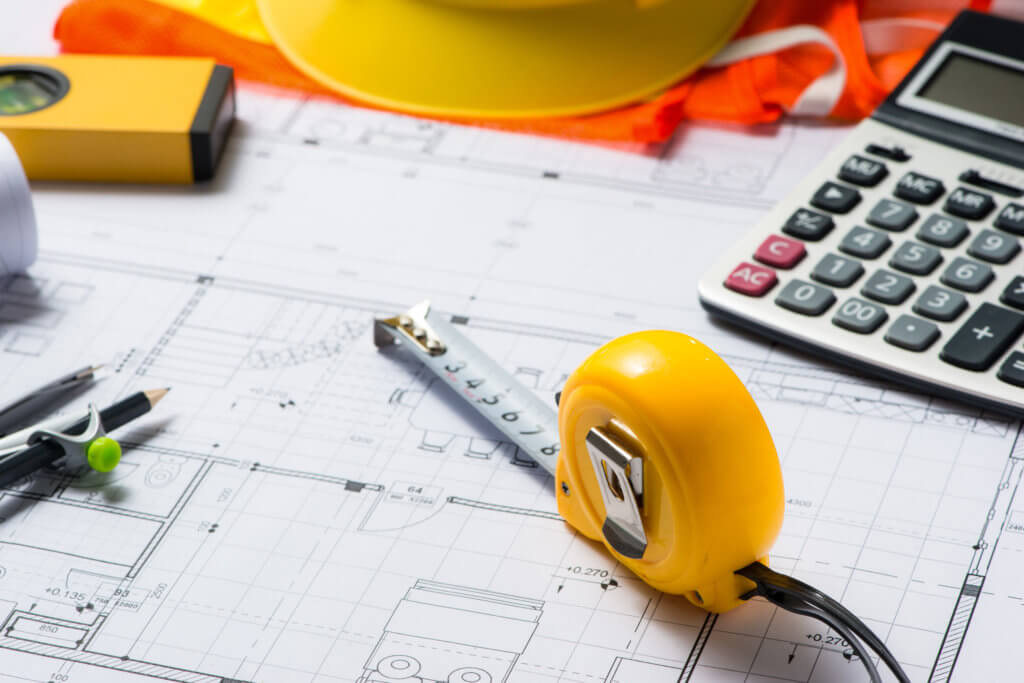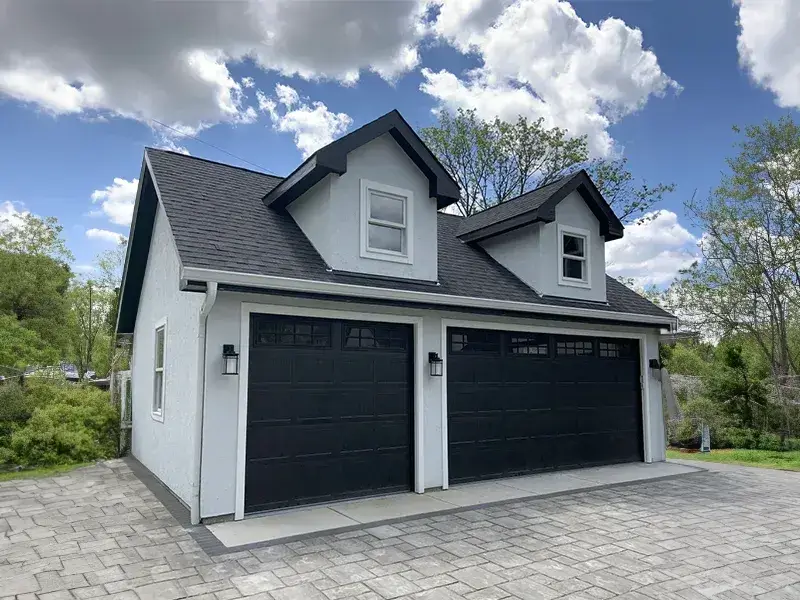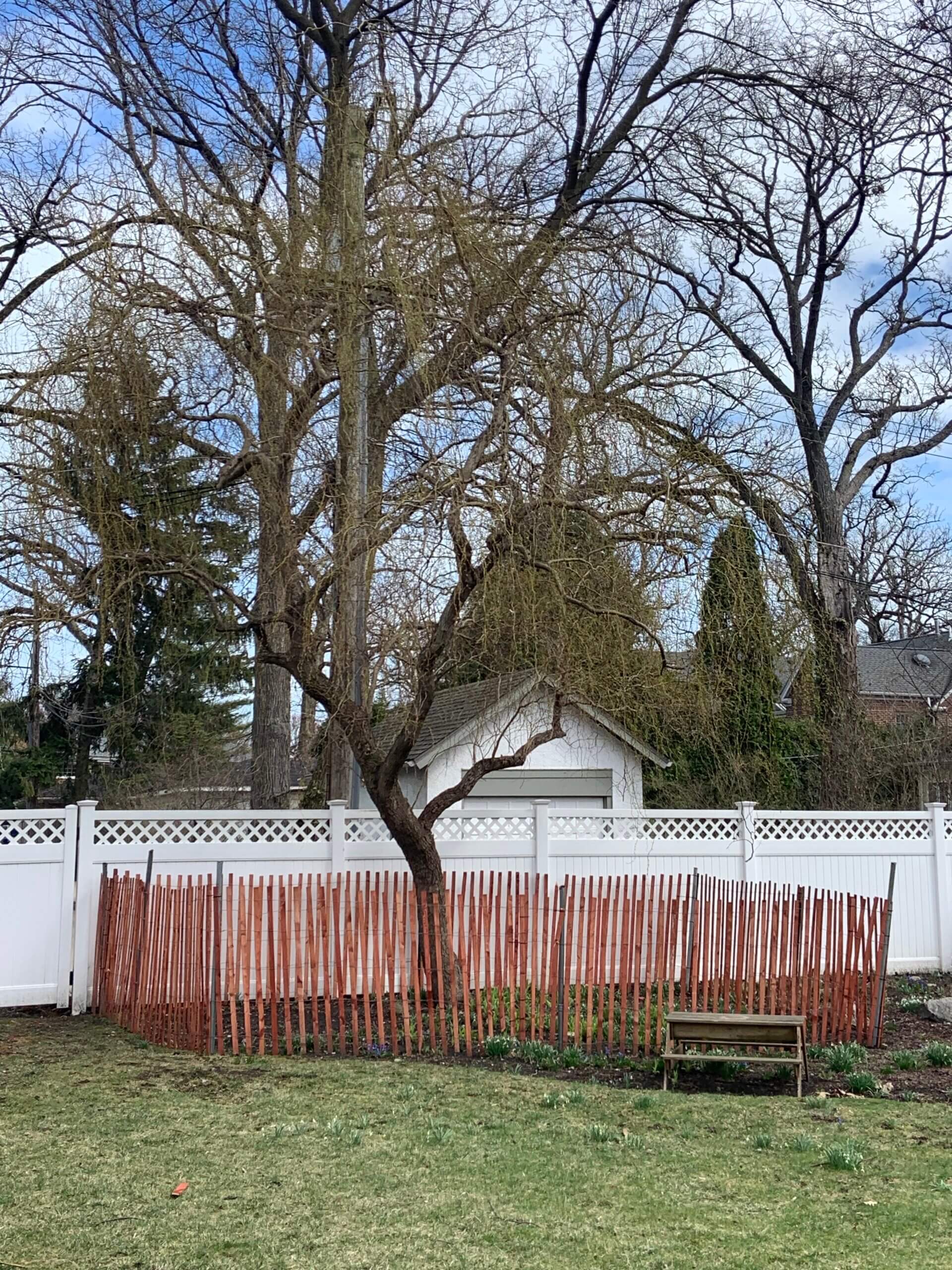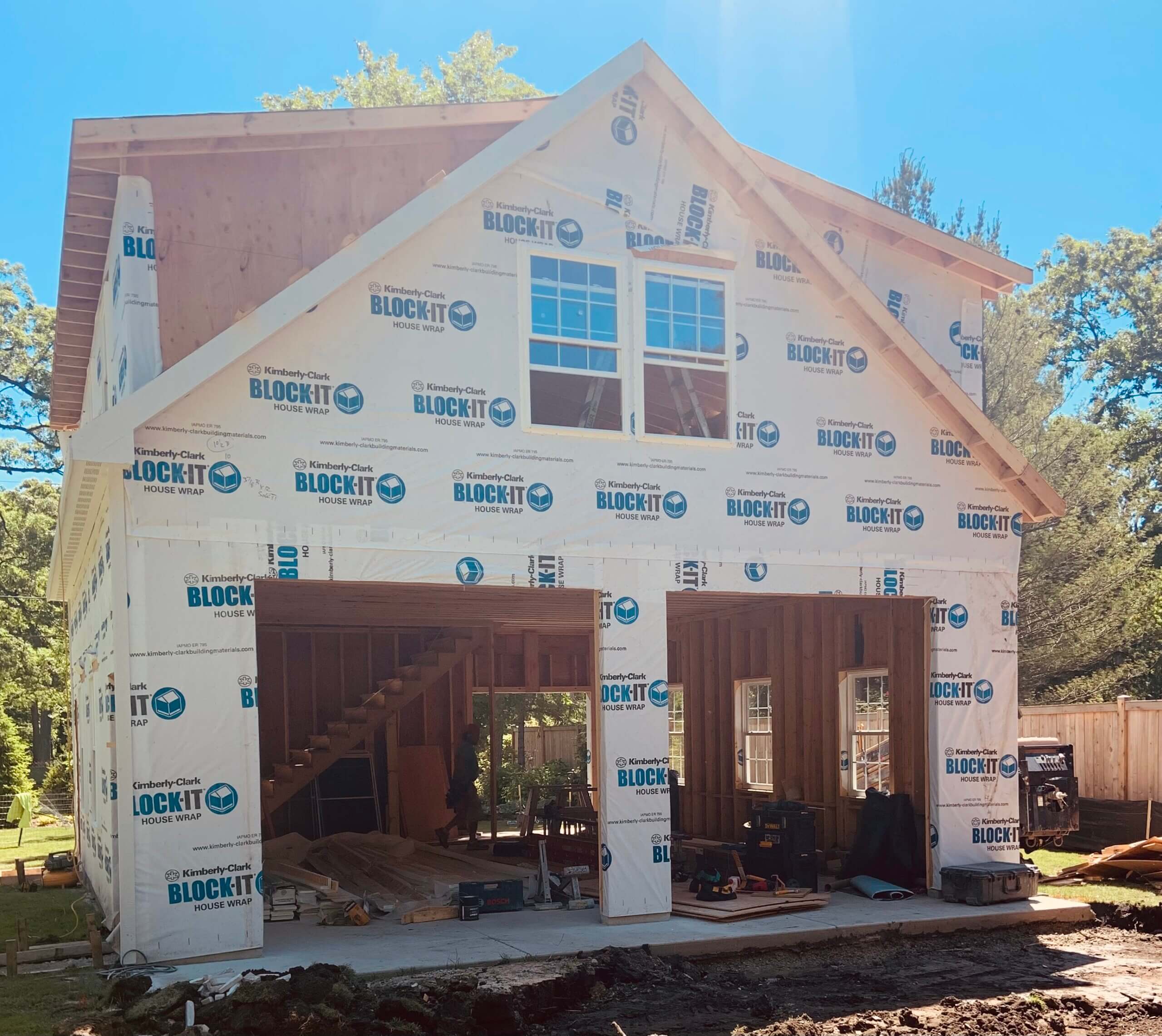
No matter the municipality you live in, your Building Department (sometimes in combination with the Zoning Department) will enforce the requirements of the Zoning Ordinance approved by your elected officials. These zoning requirements have been designed specifically for your town and any permit submission that is made will be reviewed against these laws.
Most commonly, it is the setback requirements for an accessory building (i.e. the garage) that will have an impact on what you may want to build. All municipalities require that an accessory building be located a certain distance from the front, rear and side property lines. The actual distance depends on the specific municipality and even what zoning district that your property is located within, though it typically is within the 3-foot to 5-foot range. This allows for enough space to move around the structure and clean out any debris that finds it way into the area between the walls and a fence (if it exists), and conduct repairs to the building (or the fence!!) if need be. It also typically provides some clearance between your garage and a neighboring structure in the event of a fire.
Speaking of a fire, depending on the municipality, the garage may also require that walls that are within 5 feet of a rear or side property line need to be ‘fire rated’. This simply means that the specific wall that is less than 5 feet from the property line needs to have a 1-hour rating applied to it. This can entail installing a single layer of (fire-code) drywall on either side of the frame stud wall.
Another zoning requirement that may have an impact on your preferred design is the building height requirement. The garage’s requirement will be different (i.e. lower) than the restriction applicable to your home, and often the ordinance limits a garage to approximately 15 feet.
Again, these requirements differ from municipality to municipality, as does the actual building height definition: some ordinances measure to the ridge height, while others calculate the ‘mid-point’ between the ridge and the eave. Whatever the case, Heartland will work with your desires and the requirements of the ordinance to come up with the most optimal design.
More recently, with the impact of flooding becoming a serious concern in the northeastern part of Illinois, some municipal officials have been requiring that the permit process – via the zoning ordinance and engineering department – account for any additional impervious surface (i.e. more roofed or hard surfaces). As such these municipalities are requiring that additional zoning calculations are conducted to ensure that only a certain percentage of the lot will be covered with hard surfaces.
Heartland’s Project Development process will take care of this aspect of your project and will work with you if needed to make any necessary adjustments to the overall design of your lot. Fortunately, at this time, these more stringent requirements are being enforced mostly in the Northshore area and west towards I-355.
It is also important to understand that even though you may have a garage already located in a certain position, and of a certain height, the zoning ordinance may not permit that location, size or height to be replicated with the replacement structure. Your existing garage may be what’s known as “existing non-conforming” which means that the structure can remain from the municipalities standpoint without any requirement to remove it, but that once a replacement garage is proposed, that new building needs to comply with all the current requirements of the ordinance.
For more information and a FREE consultation contact us at HeartlandGarageBuilders.com or call 224-326-2698.




